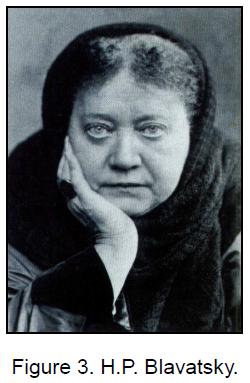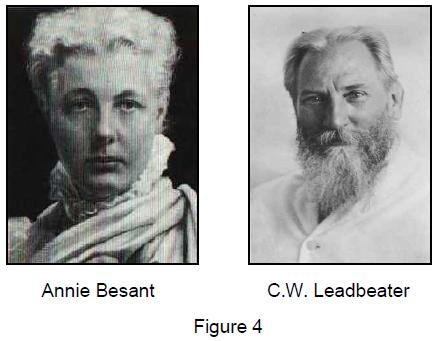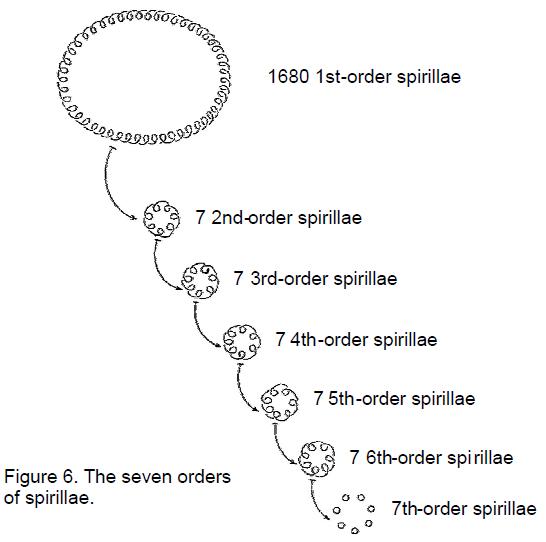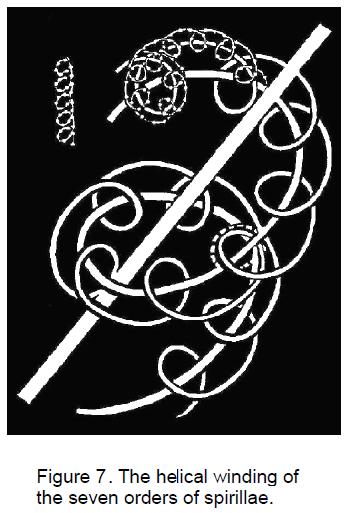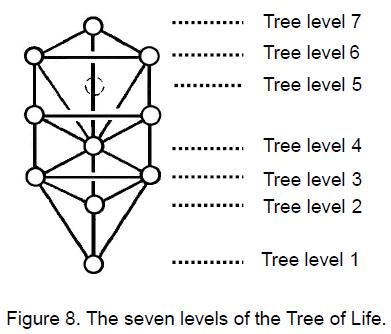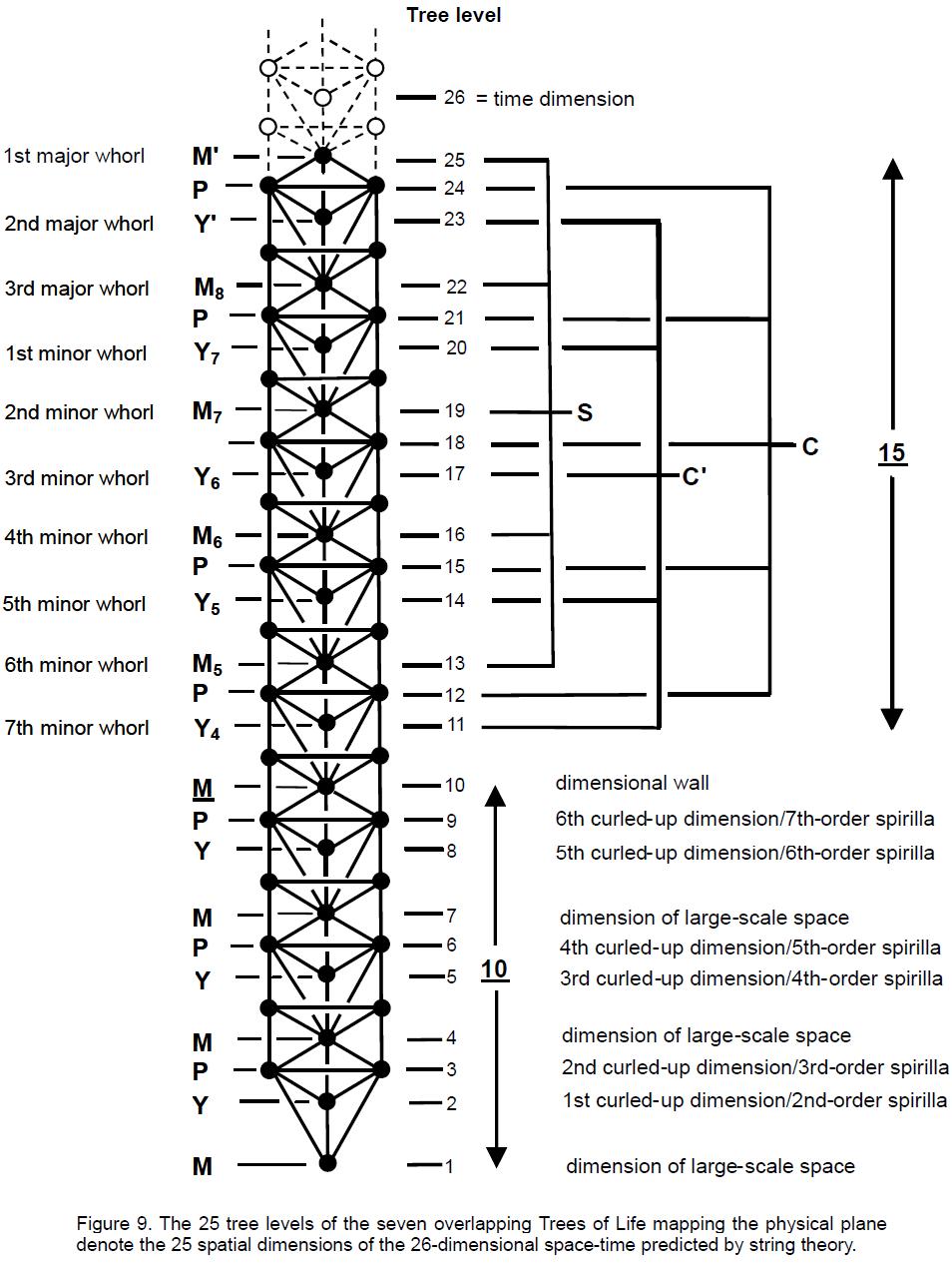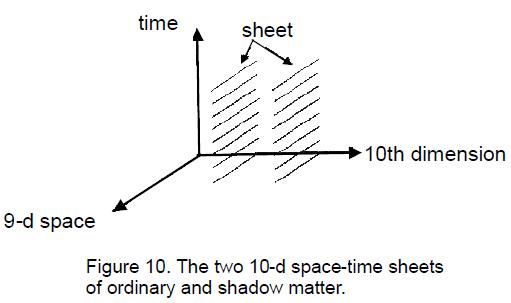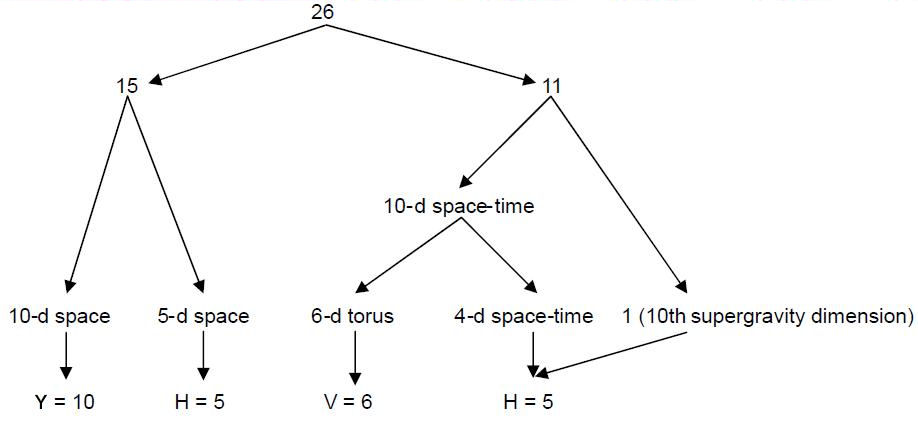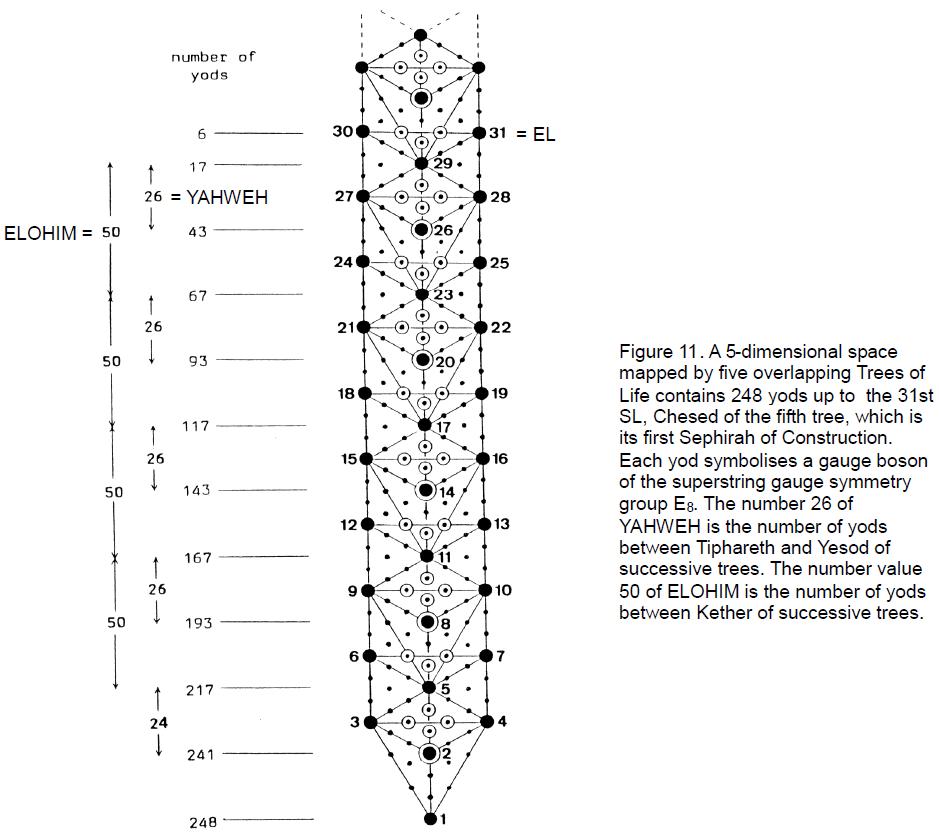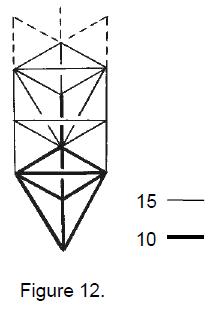ARTICLE 2
THE PHYSICAL PLANE AND ITS RELATION TO THE UPA/SUPERSTRING AND SPACE-TIME
A BREAKTHROUGH IN RELATING SCIENTIFIC, MYSTICAL AND OCCULT IDEAS
by
Stephen M. Phillips
Flat 4, Oakwood House, 117-119 West Hill Road. Bournemouth. Dorset BH2 5PH. England.
Website: http://www.smphillips.mysite.com
1. Introduction
I have proved the existence of a form of knowledge about the nature of space-time, matter, and higher levels of reality that encompasses the Jewish mystical doctrine of Kabbalah, teachings of Theosophy and recent developments in theoretical particle physics. This gnosis is mathematically encoded in the Kabbalistic Tree of Life (Fig. 1), the remarkable, inner form of which my articles reveal for the first time (Fig. 2). This universal blueprint has beautiful, mathematical properties indicative of its unique, preternatural status, for (apart from equivalent, genuine, sacred geometries) it is par excellence the only truly supernatural, physical object that the human mind can contemplate, its design being not of human creation but originating in the mind of God. (My articles present overwhelming evidence for this claim.) As the DNA molecule encodes the future development of living cells, so, too, this blueprint encodes how the Tree of Life grows by self-replication to transform into the map of all possible levels of consciousness (I call this map of physical and superphysical realities the ‘Cosmic Tree of Life,’ or CTOL). It consists of 91 overlapping Tree of Life.
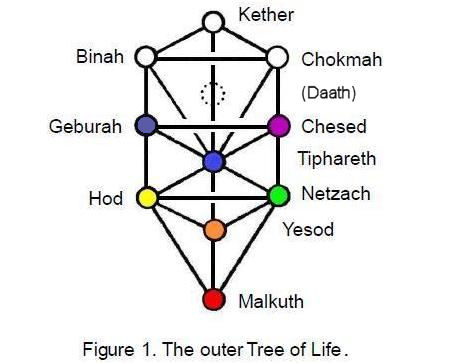
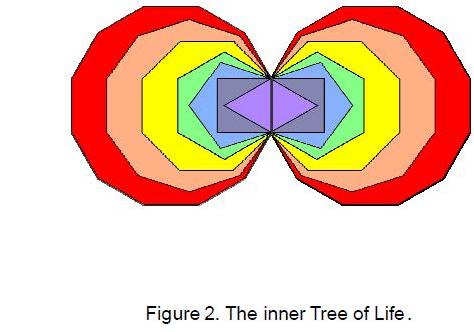
They are encoded in one half of the inner form of the Tree of Life as 49 trees and in its other,
mirror image half as 42 trees. Each of the 49 trees signifies a mode of being expressing the
quality of one of the seven Sephiroth of Construction but differentiated seven times according to
the same pattern, e.g., the Tiphareth aspect of Hod, the Malkuth aspect of Yesod, etc. This
differentiation generates all possible varieties of human consciousness, including mystical or
transpersonal levels of awareness. For example, the Tiphareth aspect of Netzach can be thought of
as the experience of the divine in the world of nature, and the Hod aspect of Yesod is the mental
level of the human psyche, the vast set of ideas that a human being has of himself, his thought
processes, memories, etc. However, this
1
